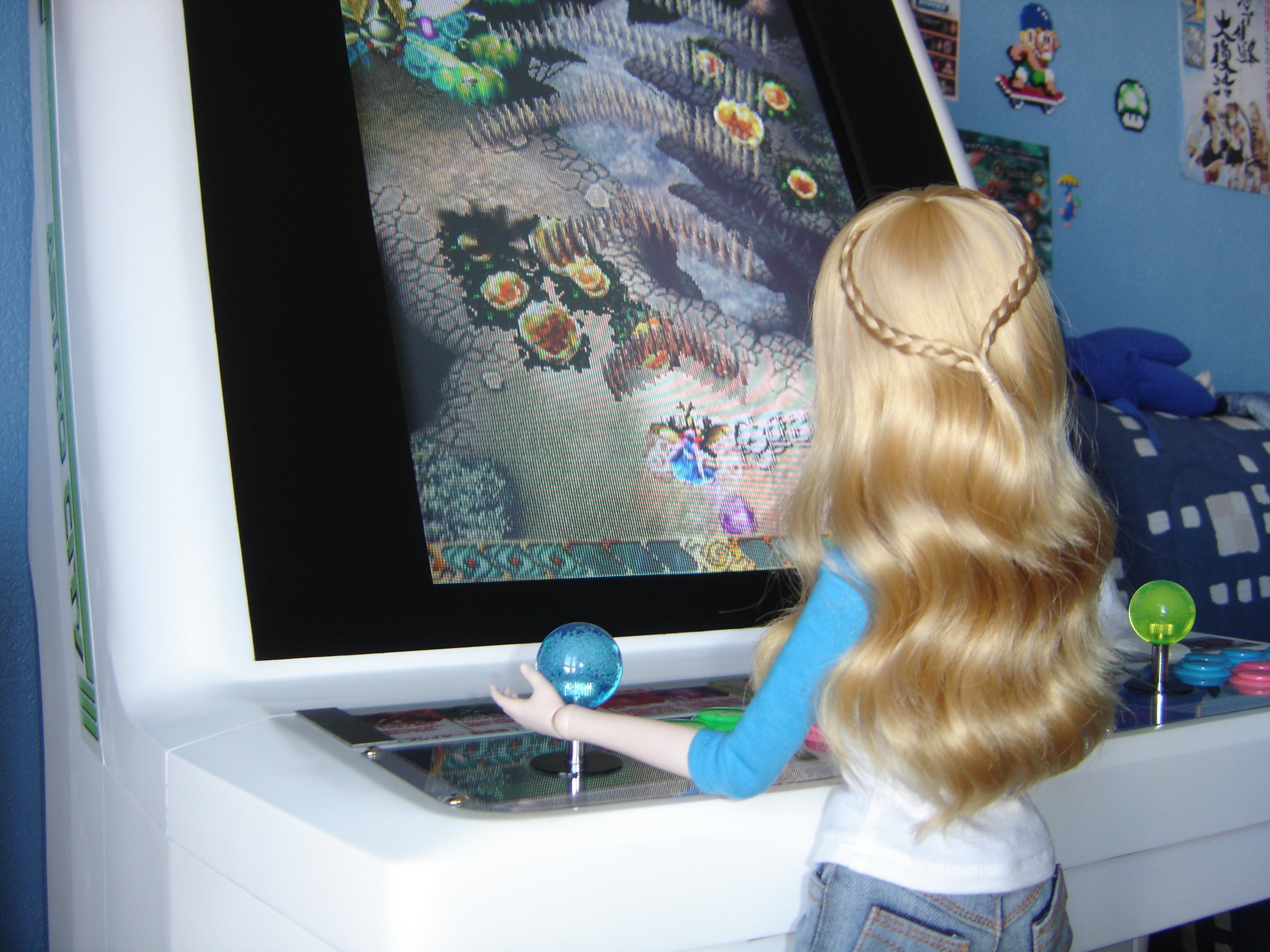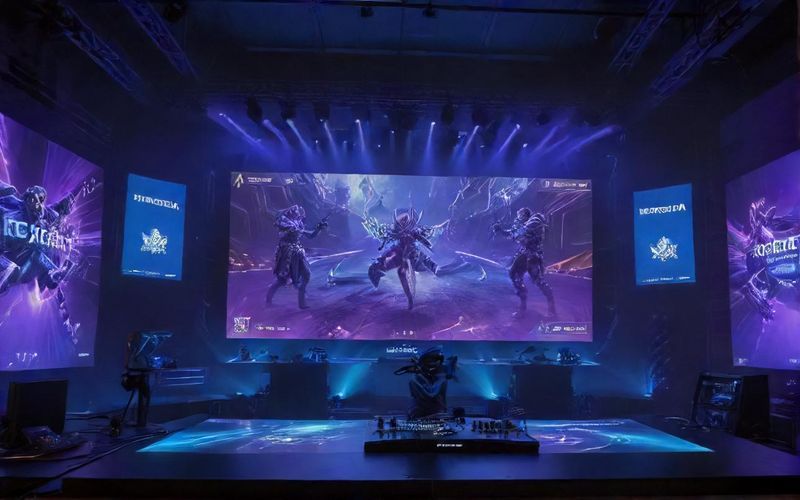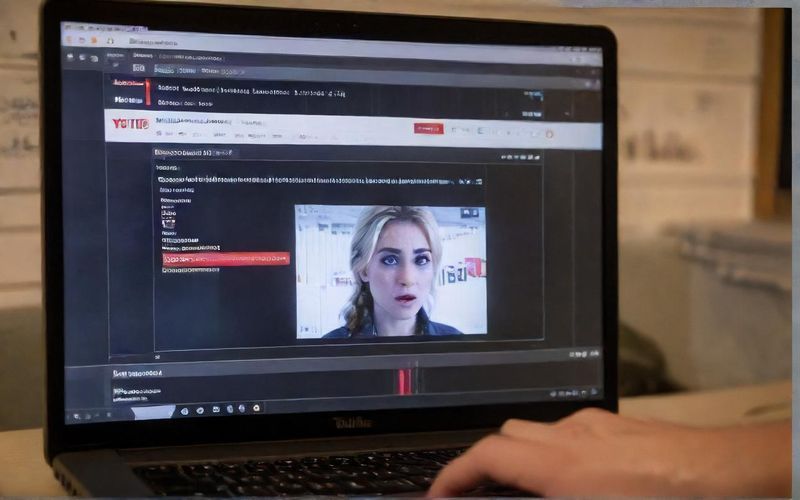AI Dolls: ChatGPT Fuels New Social Media Trend

A new social media trend is transforming users into miniature action figures using AI tools like ChatGPT. Users upload a photo and detailed prompts, specifying desired accessories and packaging, to generate personalized doll images. While the process is simple, requiring only a photo and descriptive text, results can be inconsistent, with some users reporting amusing inaccuracies.
The trend’s popularity is fueled by its ease of participation and nostalgic appeal. According to Jasmine Enberg, principal social media analyst at eMarketer, generative AI tools like ChatGPT accelerate content creation and trend adoption. This speed, however, can also amplify user fatigue, she notes. The trend has been embraced by brands like Mario Badescu and Royal Mail, highlighting its marketing potential.
Despite its lighthearted nature, concerns have emerged regarding the trend’s environmental impact. Professor Gina Neff of Queen Mary University of London points out the significant energy consumption of data centers powering such AI tools, likening it to "burning through energy." Lance Ulanoff, US editor of TechRadar, further emphasizes the hidden costs, suggesting that the casual creation of AI content warrants more mindful consideration.
Ethical questions also arise surrounding copyright. Concerns exist about the potential use of copyrighted material in the training data of AI image generators without proper compensation. Experts like Ms. Neff raise broader concerns, highlighting the potential threats to privacy, culture, and the environment. Jo Bromilow, director of social and influencer at MSL UK, questions whether the playful outcome justifies the potential costs and ethical dilemmas.
The creation process itself involves uploading a selfie and a detailed prompt outlining desired features, including accessories and box design. However, the process can be slow and iterative, with users often needing to refine their prompts for accurate results. One user noted difficulties in achieving realistic features and overcoming content policy restrictions, highlighting potential limitations. Despite these challenges, the "Barbie box" or "action figure" trend continues to gain traction, raising important questions about the ethical and environmental implications of increasingly accessible AI technologies.









